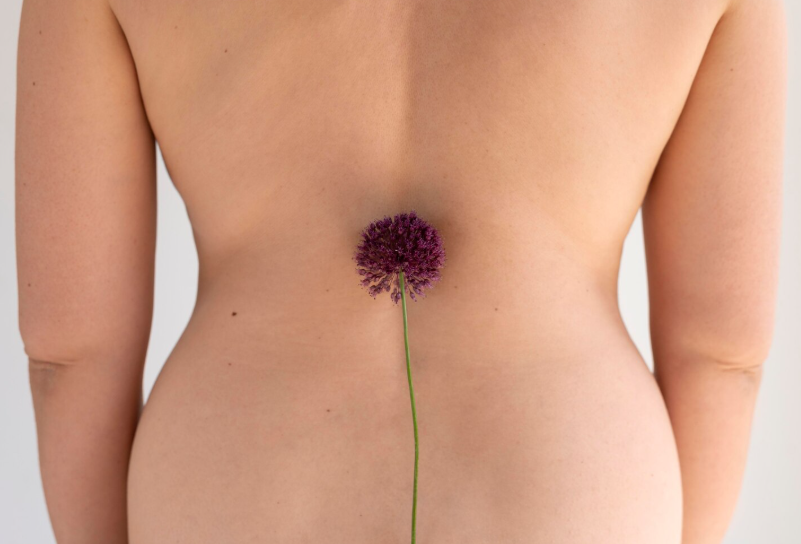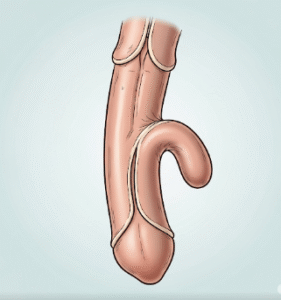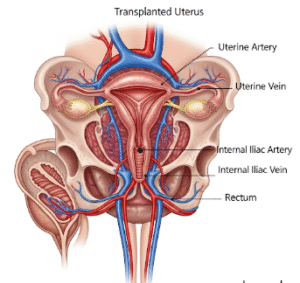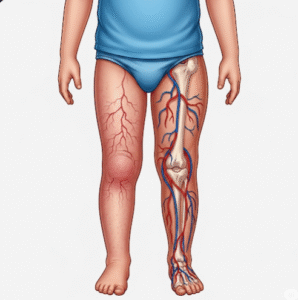What It Is
Clitoral hood reduction is a cosmetic gynecological procedure that removes excess folds of skin covering the clitoris. While the clitoral hood is a normal anatomical structure, excessive tissue may cause aesthetic concerns, hygiene difficulties, or sexual discomfort.
The procedure is often performed as a standalone surgery or in combination with labiaplasty as part of female genital rejuvenation. In Korea, clitoral hood reduction is done with precision surgical techniques, microsuturing, and sometimes laser-assisted methods to achieve natural, refined results with minimal scarring.
Why It’s Done
Patients choose clitoral hood reduction because:
- Excess skin creates a bulky appearance of the genital area.
- It interferes with sexual sensitivity or function.
- It causes hygiene issues or irritation during exercise.
- They want improved aesthetic harmony in combination with labiaplasty.
Good candidates include:
- Women with excessive clitoral hood tissue causing discomfort or self-consciousness.
- Patients undergoing labiaplasty who also want refinement of the clitoral hood.
- Individuals in good health with realistic expectations.
Alternatives
- Labiaplasty alone: May improve appearance but does not address excess hood tissue.
- Non-surgical treatments: Such as tightening devices or lasers, which do not remove excess skin.
- No treatment: Some women choose to leave the clitoral hood unchanged if not problematic.
Preparation
Before clitoral hood reduction in Korea, patients will:
- Have a consultation with a gynecologic or plastic surgeon specializing in intimate procedures.
- Stop smoking and alcohol 2–4 weeks before surgery.
- Avoid blood-thinning medications and certain supplements.
- Plan for a short recovery, as healing is usually quick.
How It’s Done
- Anesthesia: Local anesthesia with sedation or general anesthesia.
- Incision: Small incisions are made to remove excess folds of skin around the clitoris while preserving natural function.
- Reshaping: Tissue is reduced and contoured for balance and proportion.
- Closure: Fine dissolvable sutures are placed to minimize scarring.
- Duration: 1–2 hours, usually outpatient.
Recovery
- First week: Mild swelling, soreness, and minor spotting are common; cold compresses and ointments help.
- Return to activities: Light duties in 2–3 days; avoid sexual activity, tampon use, and strenuous exercise for 4–6 weeks.
- Final results: A smoother, balanced appearance within 1–2 months after swelling subsides.
Possible Complications
- Swelling or temporary numbness.
- Asymmetry or uneven healing.
- Visible scarring (rare, usually hidden in natural folds).
- Infection or delayed wound healing.
- Overcorrection leading to sensitivity changes (minimized with experienced surgeons).
Treatment Options in Korea
Diagnosis
Korean surgeons use physical examination, photography, and digital simulations to plan the reduction and ensure balance with labia minora and majora.
Medical Treatments
- Non-surgical tightening treatments may improve elasticity but cannot remove excess skin.
Surgical or Advanced Therapies
- Clitoral hood reduction alone for patients with isolated excess tissue.
- Combined labiaplasty + hood reduction for full genital rejuvenation.
- Laser-assisted hood reduction in select clinics for precision and faster healing.
Rehabilitation and Support
- Post-surgery hygiene instructions and topical ointments.
- Scar care with silicone gels or laser if needed.
- Follow-up visits to ensure proper healing and sensitivity preservation.
- International patients benefit from Korea’s expertise in intimate surgery, discreet medical environment, and advanced microsurgical methods













